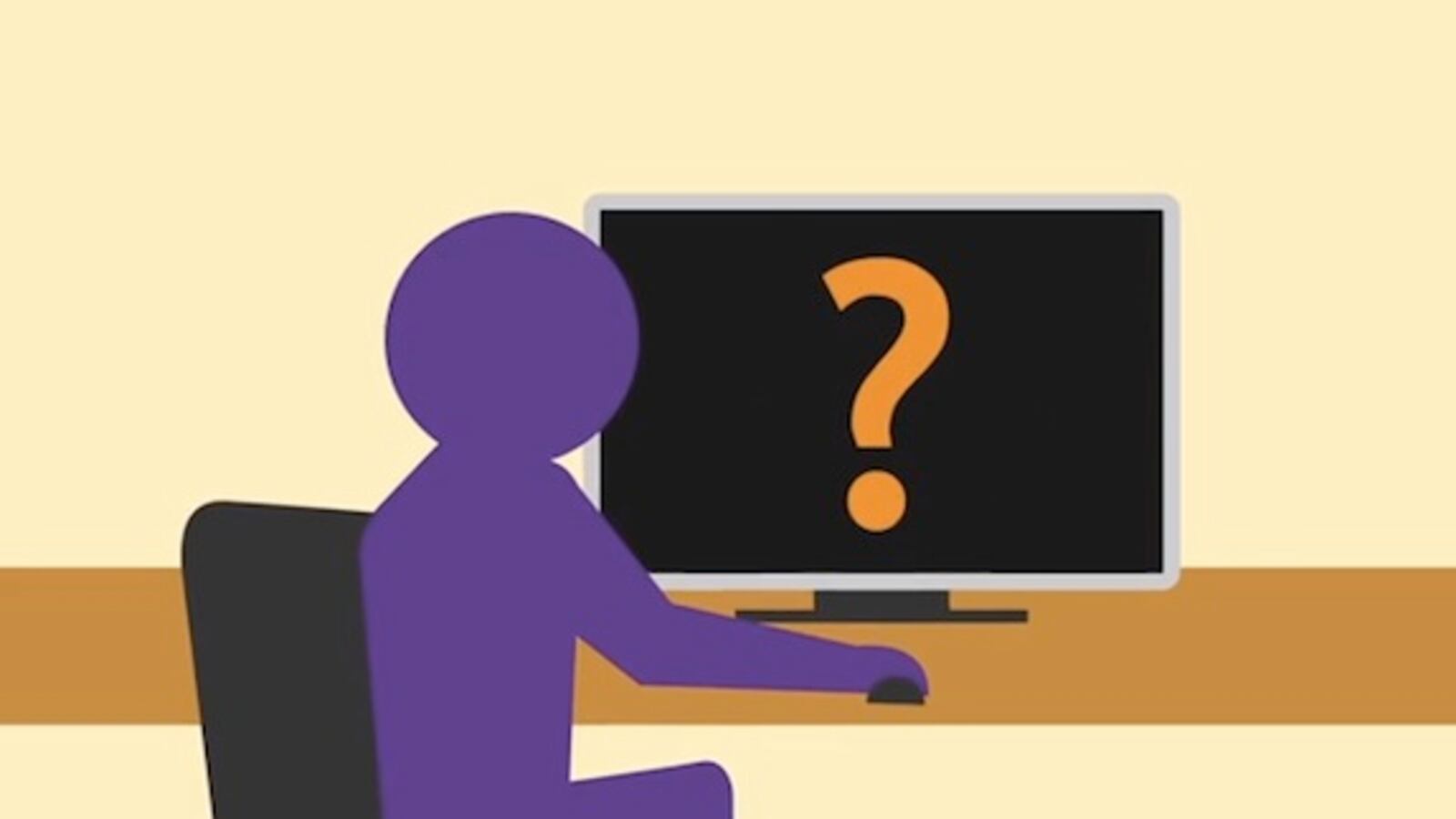Chicago students fared slightly worse on this year’s PARCC standardized exam than in 2017, even as scores statewide remained flat.
That’s according to district and school scores released by the Illinois education department Tuesday. Those scores add detail to the state averages announced last month.
While the city’s score declines were small, they stand out against the statewide trend. They are also part of a package of final scores under Mayor Rahm Emanuel, which could reflect on his education legacy.
Related: 94 Chicago schools earn low performance rating on new Illinois report card
Across the state, nearly 37 percent of students in grades 3 through 8 scored proficient or higher in reading. In Chicago, that figure was nearly 10 percentage points lower: 27.4 percent. Last year, that figure was 28.5 percent.
And in math, 22.4 percent of Chicago students scored proficient or better, compared with 31.5 percent of students statewide. Last year, 23.7 percent of Chicago students met the state’s standards.
The scores reflect longstanding test score gaps between students of different races. Well over half of Chicago’s white and Asian students scored proficient or higher in reading, while just 17.4 percent of black students did. Nearly 30 percent of Latino students in the city beat the state’s standards, coming close to the state average for all students.
PARCC is not the only standardized exam used to judge Chicago students’ performance. They also take an annual test called NWEA/MAP, which the city uses in decisions about high school admissions and how it rates schools. On that test, students posted flat scores in math and slight gains in reading.
Both tests are designed by national test-makers and reflect the Common Core standards, on which Illinois’ standards are closely based.
The state uses PARCC scores when it grades schools. On this year’s ratings, also released Tuesday, nearly half of Chicago schools received the two lowest grades, compared with 20 percent of schools statewide.
According to the data released Tuesday, Chicago students from all racial groups showed less growth than the state average, even when they outperformed the state average in absolute terms. This data point is newly significant: The state’s rating system now prioritizes how much students’ scores improve over time.


